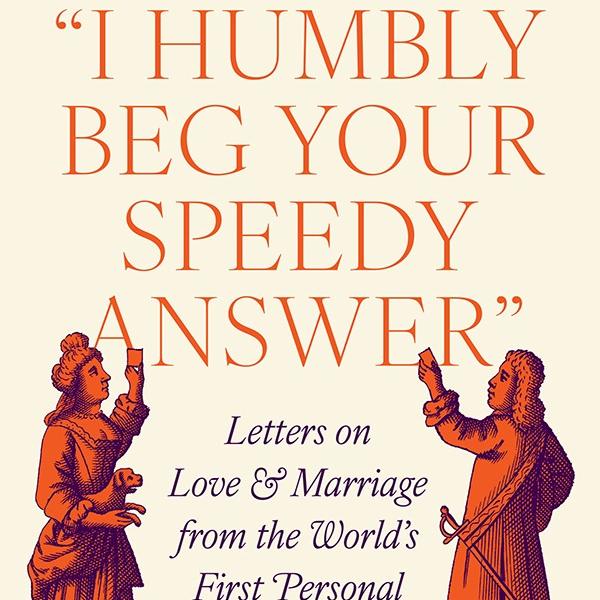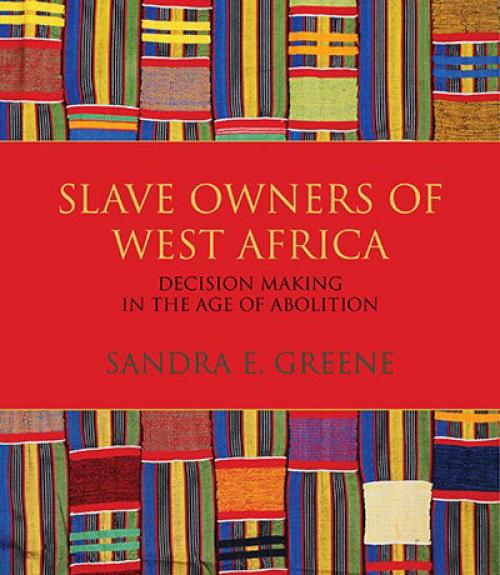Slavery in West Africa has an ancient lineage dating to biblical times. Sandra Greene’s new book, “Slave Owners of West Africa: Decision Making in the Age of Abolition,” explores the lives of three prominent West African slave owners during the age of abolition in the 19th century. Greene argues that understanding why these individuals and others acted as they did is key to understanding how and why the institution of indigenous slavery continues to influence social relations in West Africa today.
“Slave Owners” is a culmination of Greene’s research into slavery in West Africa and draws on ethnographic and historical work she did beginning in the 1980s. Her work reveals how the past continues to influence the present in the ongoing discrimination toward those of slave descent in many areas of West Africa. In rural communities where residents are familiar with one another’s ancestry for many generations, the stigma of slave descent often influences whom they can marry, where they may sit in a mosque, and is used to deny them leadership roles such as imam, says Greene.
Unlike in the U.S., slavery in West Africa had as much to do with politics as economics. Slaves often resulted from war or internal conflicts where the punishment for rebelling against the government was enslavement, says Greene, the Stephen ’59 and Madeline ’60 Anbinder Professor of African History and chair of the Department of History in the College of Arts and Sciences.
And while there was plantation slavery similar to the American South, household slaves potentially could gain prestige, power and even wealth as long as they showed sufficient loyalty to the families that owned them. In certain areas of West Africa, Greene notes, the military was largely made up of enslaved people who could capture people and own their own slaves.
“If a master had a slave he saw as particularly smart, he could take advantage of that person’s skills in business and even allow them to travel,” explains Greene, “though the vast majority of slaves never had these kinds of opportunities.”
The abolition of slavery in West Africa was imposed by European colonial powers beginning at the end of the 19th century. Slave owners responded with petitions, threats and violence. Some proactively freed their slaves, and others fought against it. The three slave owners Greene profiles reflect these very different responses.
Amegashie Afeku, a wealthy landowner, despite being himself a descendant of slaves, was adamantly opposed to abolition. He sent armed men to attack those slaves trying to return home and was taken to court by the British.
Nyaho Tomakloe, another wealthy landowner, offered his slaves education and many opportunities. “He never formally freed them but he didn’t have to, because he was prepared to give them all these benefits while also incorporating them into his extended family as equals,” says Greene.
The third slave owner Greene examines is Noah Yawo. His Job-like suffering of drought, war, economic and personal loss shattered his faith in the traditional gods and led him to convert to Christianity. The missionaries strongly encouraged him to free his slaves, says Greene, and unlike many other Christian slave owners at the time, he did. “Slave Owners” explores why.
Greene’s books include “Gender, Ethnicity and Social Change on the Upper Slave Coast,” “Sacred Sites and the Colonial Encounter” and “West African Narratives of Slavery.”
This story also appeared in the Cornell Chronicle.




